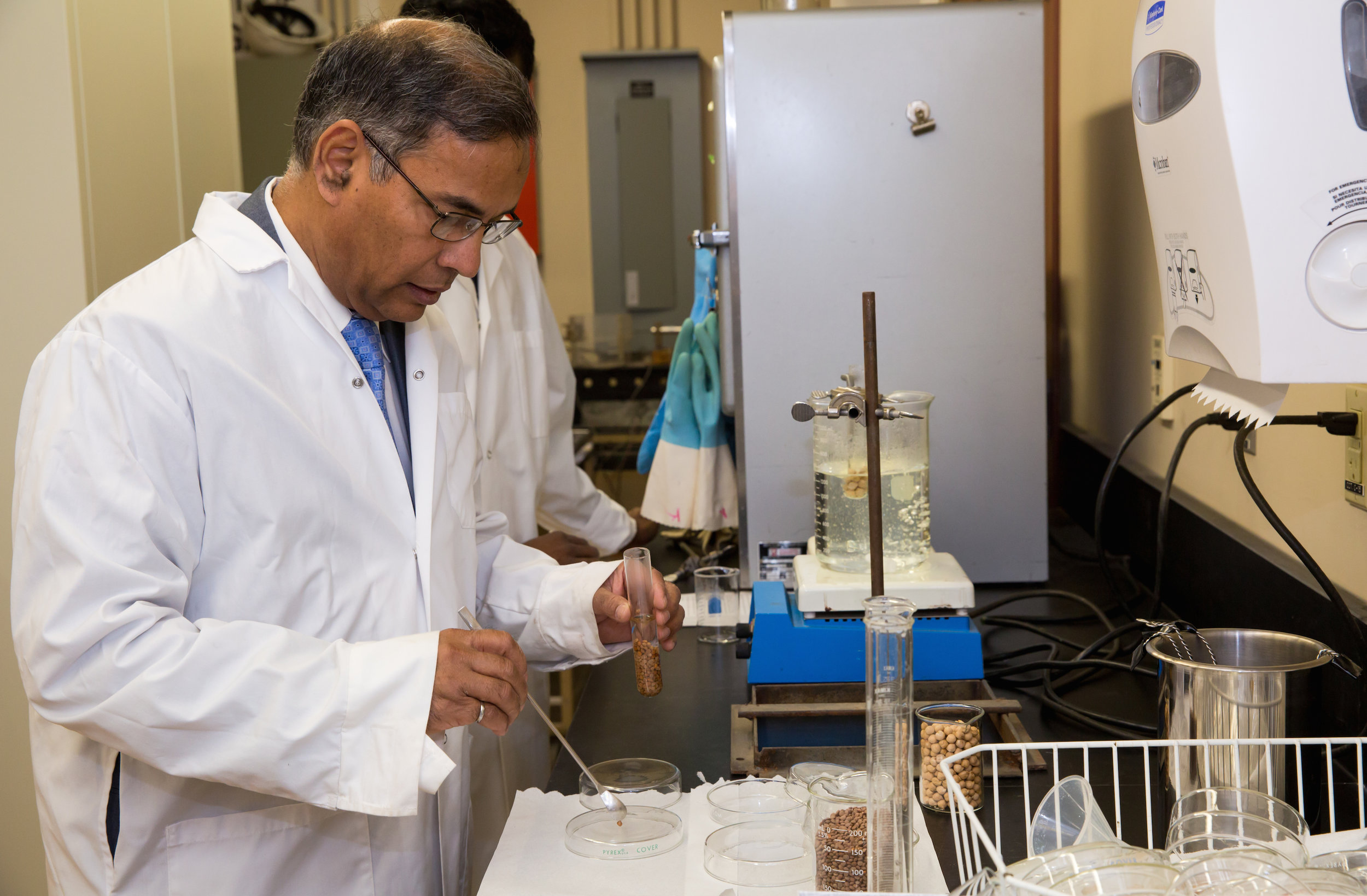Quick cooking chickpeas use microwaves - but not how you'd expect
The United Nations has declared 2016 the International Year of Pulses. The IYP 2016 aims to heighten public awareness of the nutritional benefits of pulses as part of sustainable food production aimed towards food security and nutrition. Researchers from the University of Manitoba have developed a simple technique to speed up the time it takes to prepare chickpeas and lentils by exposing them to microwaves before cooking.
About 65 per cent of the world’s pulses are grown in Canada, mainly in Saskatchewan. Exports of these crops are growing, as appetite for lentils, peas and beans increases in places like India, where they are an important source of dietary protein.
Given that lentils are an excellent source of many vital nutrients and proteins, and a key part of diets worldwide, reducing their somewhat-long natural cooking times is desirable.
“Long cooking time is one of the drawbacks of pulses,” says lead researcher Dr. Digvir Jayas. “People soak their pulses to reduce their cooking times, and teams have looked at infrared and other treatments to help, but no one had looked at microwaves.”

The microwave treatment’s efficacy varies, with the greatest effect on red lentil, chickpea, and mung bean, and less for pinto beans or pigeon peas.
In order to refine the technique and to understand why the treatment’s effects on different pulses varies, on a chemical and molecular level, the team brought their treated pulses to the Canadian Light Source.
Using advanced imaging techniques, the team could pinpoint how proteins, carbohydrates and fats shifted due to treatment, indicating exactly how faster cooking times could be achieved. Similar data could be used to ensure that microwaves have no negative effects on the natural nutrient profile of pulses.
“Projects like this show the world that unique infrastructure in Canada can be used for unique studies,” says Jayas.
Next up, the team plans to conduct a similar study on the effects of freezing on preparation times – information which would be particularly useful for pulse farmers on the Canadian prairies where unexpected freezes can threaten crops.



